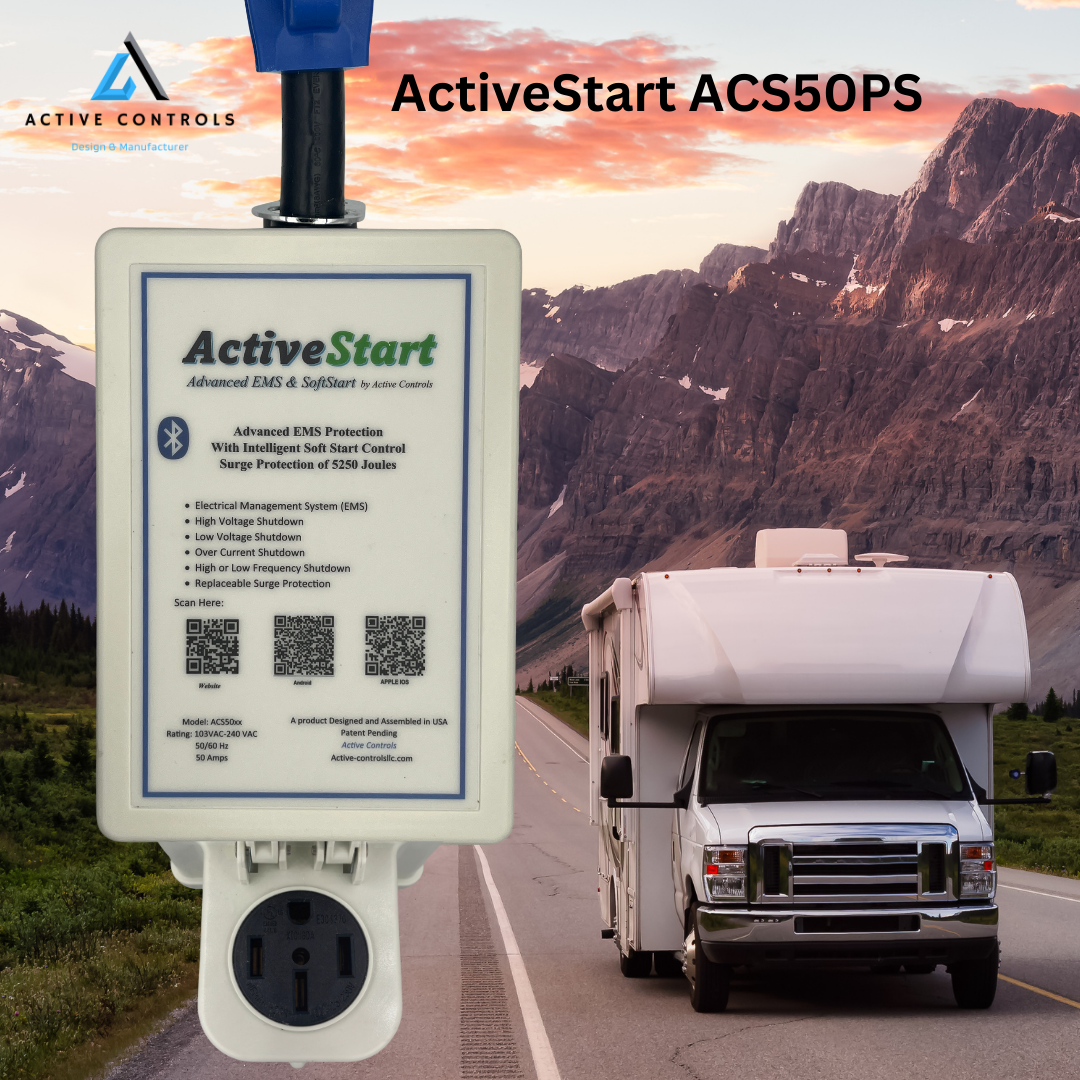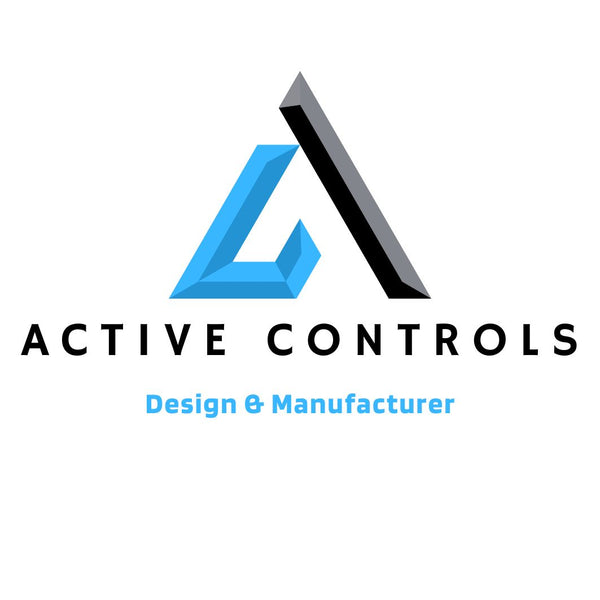
Active Start Soft Start vs. Plug-in Soft Starter: Choosing the Right Solution for Your Needs
The power-up process of electronic devices along with motor equipment needs special control to avoid damaging spikes in voltage and equipment wear. Active Start Soft Start and Plug-in Soft Starter operate as solutions for this requirement. These devices enable control of inrush current and protect motors by lowering their wear and protecting electrical system longevity.
The following guide offers detailed information about Active Start Soft Start devices including explanations of their distinctions and value as well as selection criteria.
Understanding Soft Start Technology
The design of soft starters features a controlled method for voltage rise that protects electrical components from damaging voltage surges. A controlled acceleration method protects motor components and raises operational efficiency and expands motor product life.
There are two primary types of soft starters:
-
Active Start Soft Start
-
Plug-in Soft Starter
Let’s examine each type in detail.
What is an Active Start Soft Start?
Active Start Soft Start represents a high-performance soft start device which conducts continuous power flow monitoring and adjustment for electric motors. Advanced algorithm management during startup ensures smooth acceleration along with consistent voltages through the startup process.
Benefits of Active Start Soft Start
- The device protects electrical circuits by stopping sudden power surges known as inrush current.
- The active start soft start helps maximize power usage which leads to decreased energy usage.
- Extended Motor Life – Minimizes stress on electrical components.
- Improved Performance – Offers precise control over motor startup.
What is a Plug-in Soft Starter?
A Plug-in Soft Starter is a user-friendly device designed for easy installation. Unlike traditional soft starters that require wiring and complex configurations, a Plug-in Soft Starter can be directly connected to an appliance or motor with minimal setup.
Benefits of Plug-in Soft Starter
-
Ease of Installation – Simply plug in the device without requiring complex wiring.
-
Compact Design – Ideal for residential and commercial applications.
-
Cost-Effective – A budget-friendly alternative to more advanced soft start solutions.
-
Surge Protection – Helps protect sensitive electronics from voltage spikes.
Active Start Soft Start vs. Plug-in Soft Starter: Key Differences
|
Feature |
Active Start Soft Start |
Plug-in Soft Starter |
|
Installation |
Requires wiring and setup |
Plug-and-play design |
|
Performance |
Advanced motor control |
Basic startup control |
|
Use Case |
Industrial & high-power applications |
Home, RVs, and small appliances |
|
Cost |
Higher upfront cost |
More affordable |
Which One Should You Choose?
-
If you need precise motor control and are working with high-powered industrial applications, an Active Start Soft Start is the best option.
-
If you want a simple, affordable, and easy-to-use solution, Plug-in Soft Starters is the ideal choice.
Conclusion
Both Active Start and Plug-in Soft Starters offer valuable benefits, depending on your needs. Whether you're looking for a professional-grade Softstart and Surge Protector or a convenient plug-in device, selecting the right product will help you protect your appliances and improve efficiency. For better understanding of buying these devices including no wires softstart, you can also trust on Active Controls LLC, they have the best solutions when it comes to hassle-free installation.
